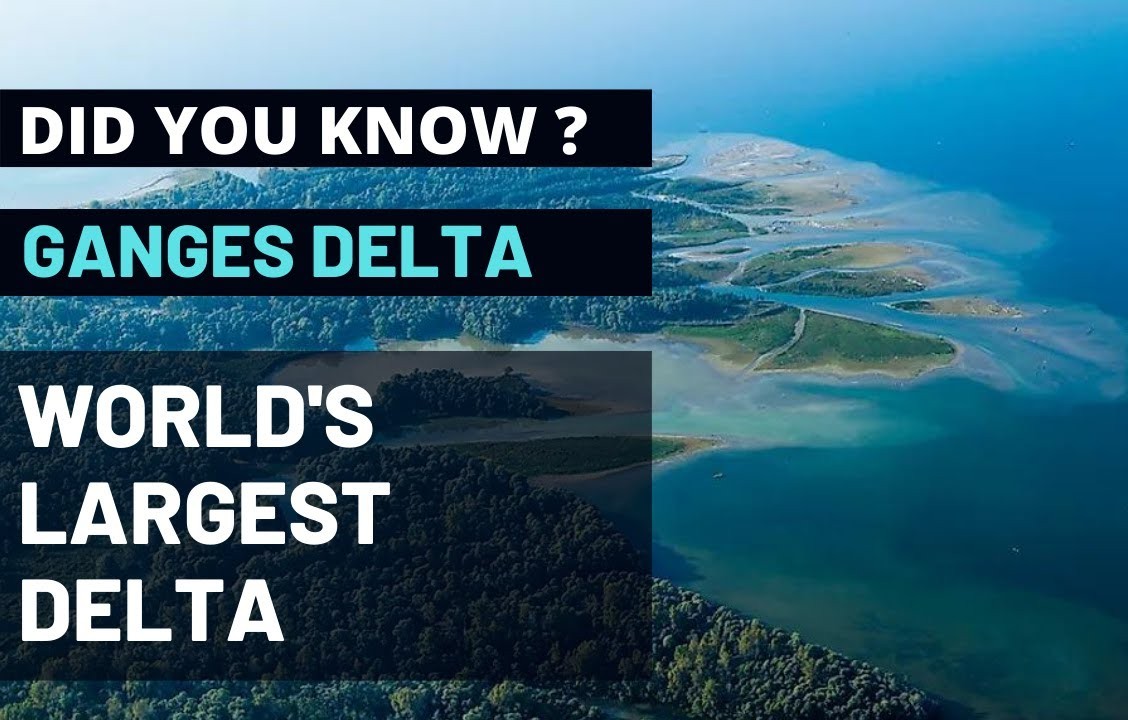 Image Source: Youtube
Image Source: Youtube
The Ganges-Brahmaputra Delta, also known as the Sundarbans Delta, holds the title of the largest delta in the world. Spanning over 100,000 square kilometers across India and Bangladesh, it’s a powerhouse of biodiversity, fertile land, and ecological significance—home to the iconic Royal Bengal Tiger.
Show more
The Ganges-Brahmaputra Delta is formed by the confluence of three mighty rivers: the Ganges, Brahmaputra, and Meghna. As these rivers descend from the Himalayas and flow into the Bay of Bengal, they deposit vast amounts of sediment, creating a sprawling delta that stretches across eastern India and Bangladesh. Known locally as the Sundarbans Delta, it is not only the largest in size but also one of the most fertile and ecologically rich regions on Earth. The delta supports millions of people through agriculture, fishing, and forestry, and is globally recognized for its mangrove forests and endangered wildlife. NASA recently spotlighted the delta with stunning infrared images from space, highlighting its vastness and environmental importance.
Important points
-
World’s largest delta: Ganges-Brahmaputra (Sundarbans) Delta
-
Size: Over 100,000 square kilometers
-
Location: Spans Bangladesh and eastern India (West Bengal)
-
Formed by: Ganges, Brahmaputra, and Meghna rivers
-
Ecological significance: Rich biodiversity, mangrove forests, Royal Bengal Tiger habitat
-
Economic role: Supports agriculture, fishing, and local livelihoods
Sources: Jagran Josh, India Today, Friends of NASA.
Stay Ahead – Explore Now!
Old Spice, New Slice: How a Wild Ad Scent-sationally Revived a Classic
Advertisement
Advertisement
